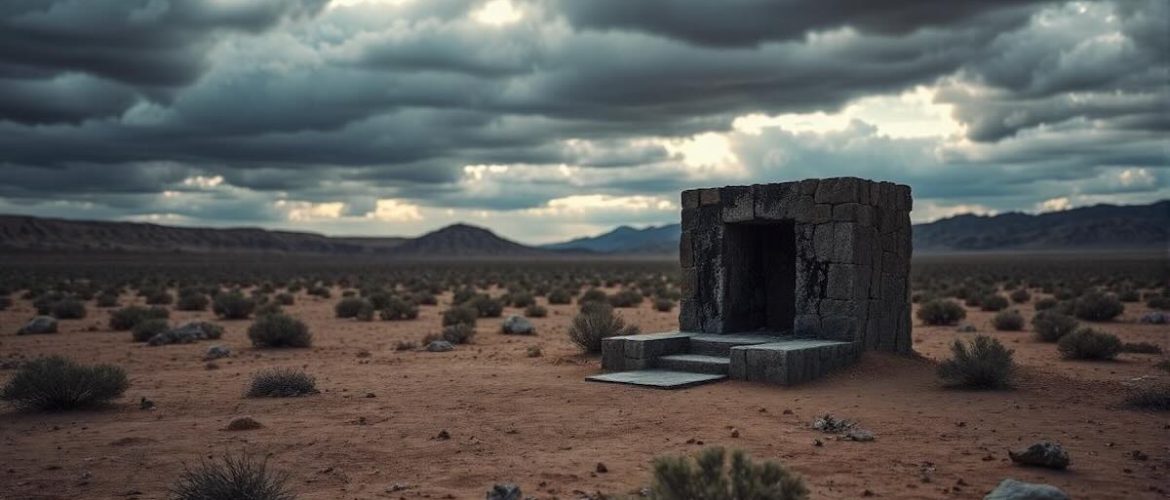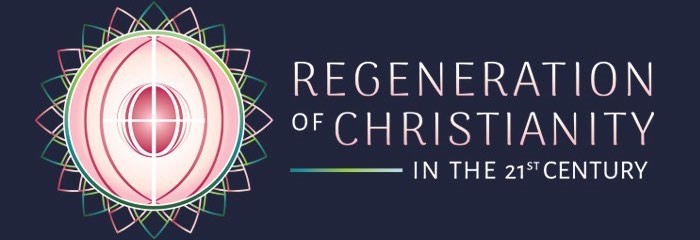Genesis 22 – Child sacrifice was a trauma response
- April 9, 2025
- Posted by: Michael Hallett
- Category: Climate change

What are we to make of Genesis 22, God’s demand to Abraham to sacrifice Isaac, his only child? In Essential Torah, George Robinson describes Genesis 22 as “the most terrifying narrative passage in the entire Torah [the first five books of the Bible].”
The Lord told Abraham: “Go get Isaac, your only son, the one you dearly love! Take him to the land of Moriah, and I will show you a mountain where you must sacrifice him to me on the fires of an altar.” (Genesis 22:2)
Abraham complied. Just as he prepared to kill Isaac, God interrupted Abraham and showed him a ram to sacrifice instead. God then made the usual flowery promise to Abraham that “someday your descendants will be more numerous than the stars in the sky.” (Genesis 22:17)
Child sacrifice
Wikipedia describes child sacrifice as “the ritualistic killing of children in order to please or appease a deity, supernatural beings, or sacred social order, tribal, group or national loyalties in order to achieve a desired result.”
While child sacrifice by the Aztec, Inca, and Maya in Central America are perhaps better known, the practice seems to have originated in the Near East. An undated Babylonian cylinder seal is believed to represent child sacrifice.
Child sacrifice was part of the cultural landscape of the Biblical era. Micah 6:7 reads: “Should I sacrifice to the Lord my first-born child as payment for my terrible sins?” According to Wikipedia, Micah “prophesied from approximately 740 to 698 BC.”
Leviticus 18:21 specifically forbids child sacrifice: “Don’t sacrifice your children on the altar fires to the god Molech.” Scholars argue that Molech (or Moloch) was not the name of a god, but of a specific form of sacrifice (mōlek).
Jeremiah 7:31 reads: “At Topheth in Hinnom Valley you have built altars where you kill your children and burn them as sacrifices to other gods. I would never think of telling you to do this.” This suggests that child sacrifice was once practiced by the Israelites but later repudiated.
Genesis 22 harks back to this earlier time.
Genesis 22
Known in Judaism as the Akeidah, the binding of Yitzkhak (Isaac), Genesis 22 is usually interpreted as a test of faith. Robinson writes: “At the end of this ‘trial’ the boy is saved, and the father is lauded for—it seems—blind obedience to a vastly more powerful and apparently utterly capricious, even brutal deity.”
Abraham acts unquestioningly, blindly obeying every instruction. To unravel Genesis 22, we must question the origins of child sacrifice itself.
On this site I’ve written extensively about the climate change that occurred around 6,000 years ago that caused long-term drought, desertification and famine in a broad equatorial swathe from the Sahara through the Near East into Central Asia.
In Saharasia, geographer James DeMeo describes the psychological impact of long-term, extreme famine:
“The very old and young were abandoned to die. Brothers stole food from sisters, and husbands left wives and babies to fend for themselves. While the maternal-infant bond endured the longest, eventually mothers abandoned their weakened infants and children.”
This is survival mentality at its most extreme. I must abandon this child to keep myself alive in the hope that I can have a later child that survives into adulthood.
How does a starved, traumatised, parent cope with a situation so extreme they must abandon their own child?
Rationalisation
Trauma works in very specific ways. One of those ways is the need for the traumatised to rationalise what is happening to them—to reframe negative into positive to cope with the emotional overwhelm.
How do you reframe abandoning your own children to death? You kill them (to spare them a drawn-out death through starvation) then make their death worthwhile by offering them to appease the gods and bring rain.
Like circumcision, extreme social practices do not arise arbitrarily. There is always a functional driver, and that driver is always extreme pain. Genesis 22 is the endpoint of a chain of cause and effect that makes complete physical and emotional sense:
Climate change
v
Drought
v
Desertification
v
Famine
v
Abandoning children
v
Child sacrifice to appease the gods
I believe that child sacrifice arose from traumatic necessity and became an accepted practice. Once it was an embedded social custom, the practice would have continued for some time even when it was no longer needed, until falling away.
Genesis 22 reflects a transitional period in Israelite history where a once-necessary practice is becoming obsolete. It’s tempting to ascribe this to higher morality or God’s grace but it’s equally fair to say that with stabilising climatic conditions and advances in irrigation technology the practice was no longer necessary.
Exodus 22:29-30 reads: “Dedicate to me your first-born sons and the first-born of your cattle and sheep.” Scholars are divided over whether this dedication is actual or ritual. To me it suggests a shift from the former to the latter: the Israelites hedging their bets with God by watering down a brutal practice they don’t want to continue but are also afraid to completely relinquish.
The key point here is that the entire framework of the Bible—the founding document of western civilization—comes from trauma-based coping mechanisms such as child sacrifice, circumcision, slavery, sexual shame, and patriarchal society itself.
To understand the Bible, we must understand its traumatic context.
Tests of faith
Where does that leave Genesis 22? Does it have relevance today?
Absolutely. Tests of faith are an unavoidable aspect of our spiritual journeys.
But there are two kinds of tests of faith. There are passive tests where we are asked to ‘sit tight’ and wait for events to unfold, trusting that all is well.
Then there are active tests of faith, where we are asked to take difficult actions without knowing the outcome but equally trusting in God. For instance, we may feel guided to cut off assistance to a financially distressed family member.
Such tests of faith, like Abraham faced in the land of Moriah, are of the bridge-burning variety. There’s no going back. Sparks are going to fly—and we don’t know who or what will get burned. Yet, if anything is to change, we must be uncompromising.
Perhaps that’s why George Robinson describes Genesis 22 as “the most terrifying narrative passage” in the Torah—because it asks us to take irrevocable actions.
Image generated by Fotor AI
